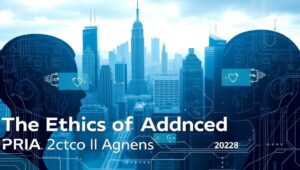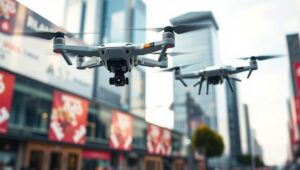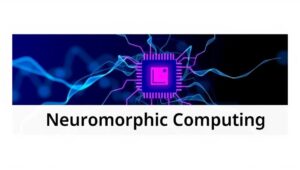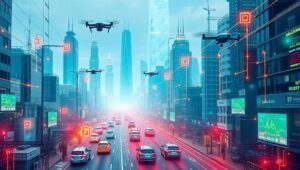May 23, 2025
Open-Source AI: Driving Innovation and Collaboration (Post-2025)
Open-Source AI: Driving Innovation and Collaboration (Post-2025) Open-source AI has emerged as a significant force, fostering innovation and collaboration across industries. This article explores the transformative impact of open-source AI, its key drivers, benefits, and future prospects in the post-2025 era. What is Open-Source AI? Open-source AI refers to artificial intelligence technologies—including algorithms, models, and frameworks—that are accessible to the public. These resources are typically available under licenses that allow users to freely use, modify, and distribute them. This approach contrasts with proprietary AI, where the technology is closely guarded and often requires licensing fees. Key Components of Open-Source AI:












